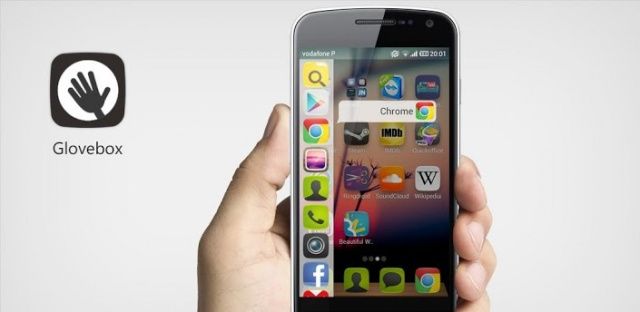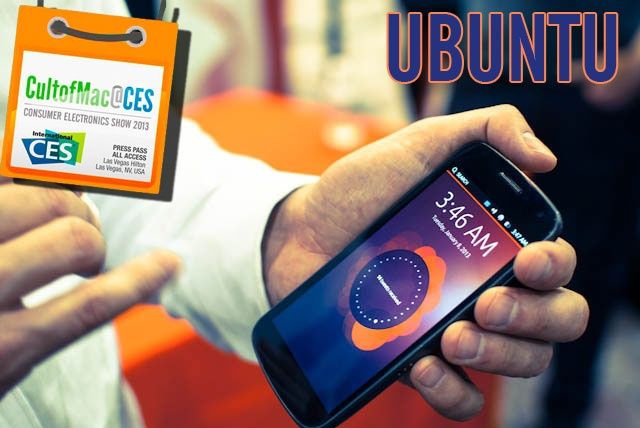A few weeks ago, Canonical released the first look of Ubuntu for phones, and soon after released developer preview builds for the Nexus devices from Google. While the OS in itself is not yet ready for consumers, the preview build does show off the interesting gesture based UI that Canonical has come up with.
One of the highlights of Ubuntu for phones is the app launcher that comes up with a simple swipe from the left edge of the screen, allowing you to quickly launch an app from anywhere in the OS. A relatively new app in the Play Store – Glovebox (free) – aims to bring similar functionality to all Android devices out there. Here’s how to set it up.







